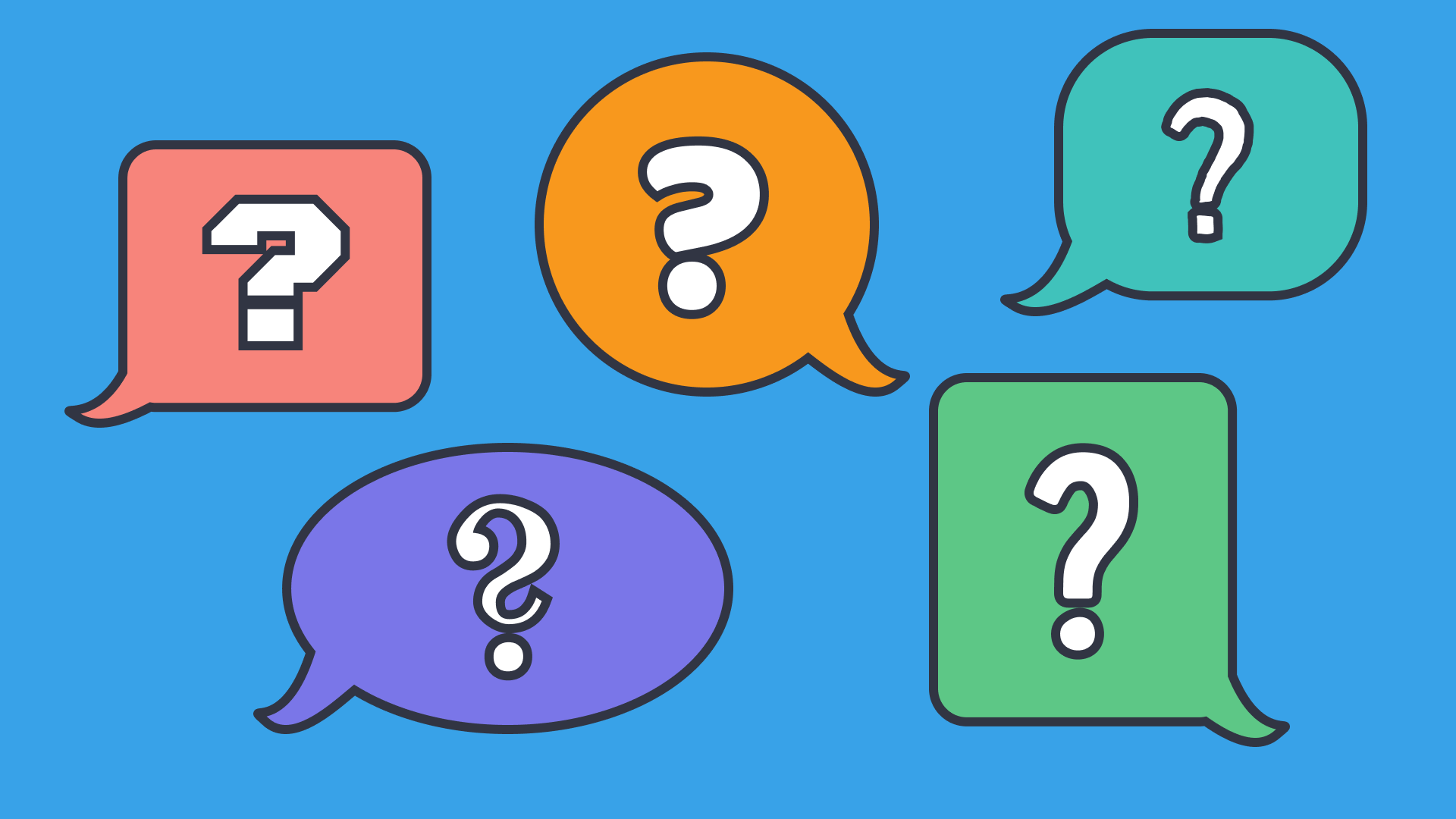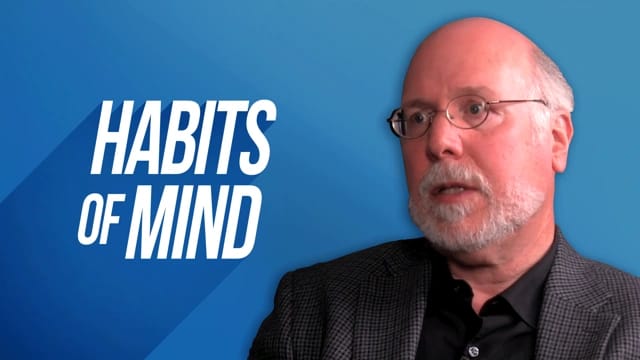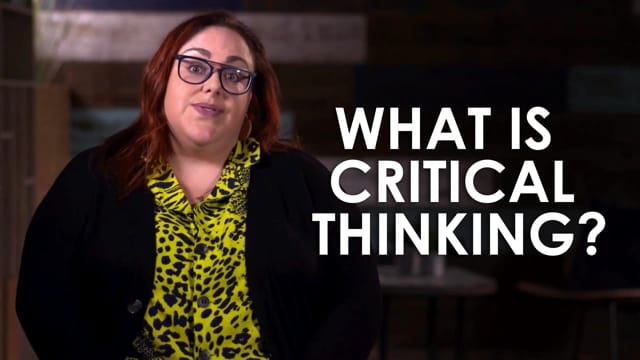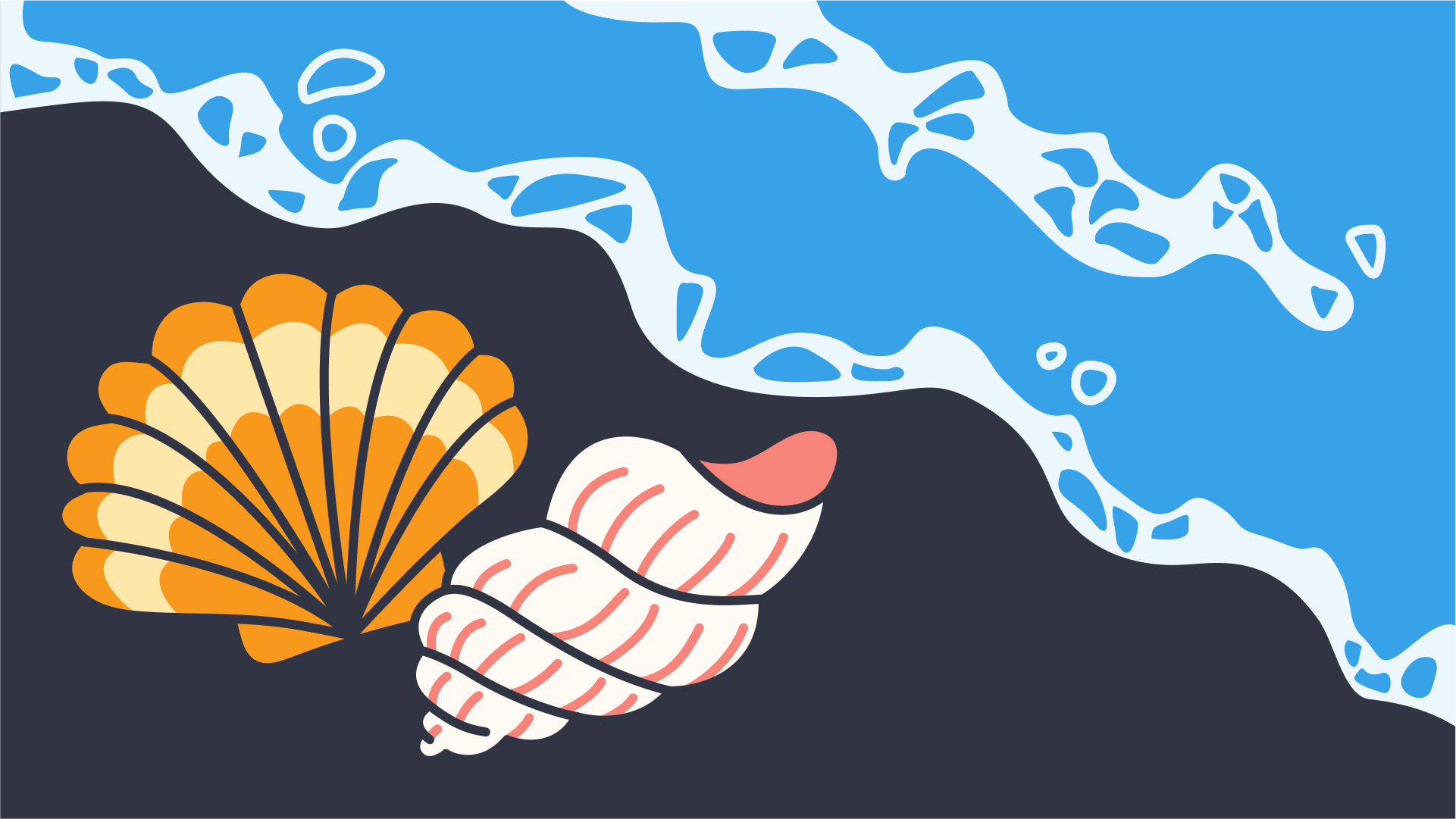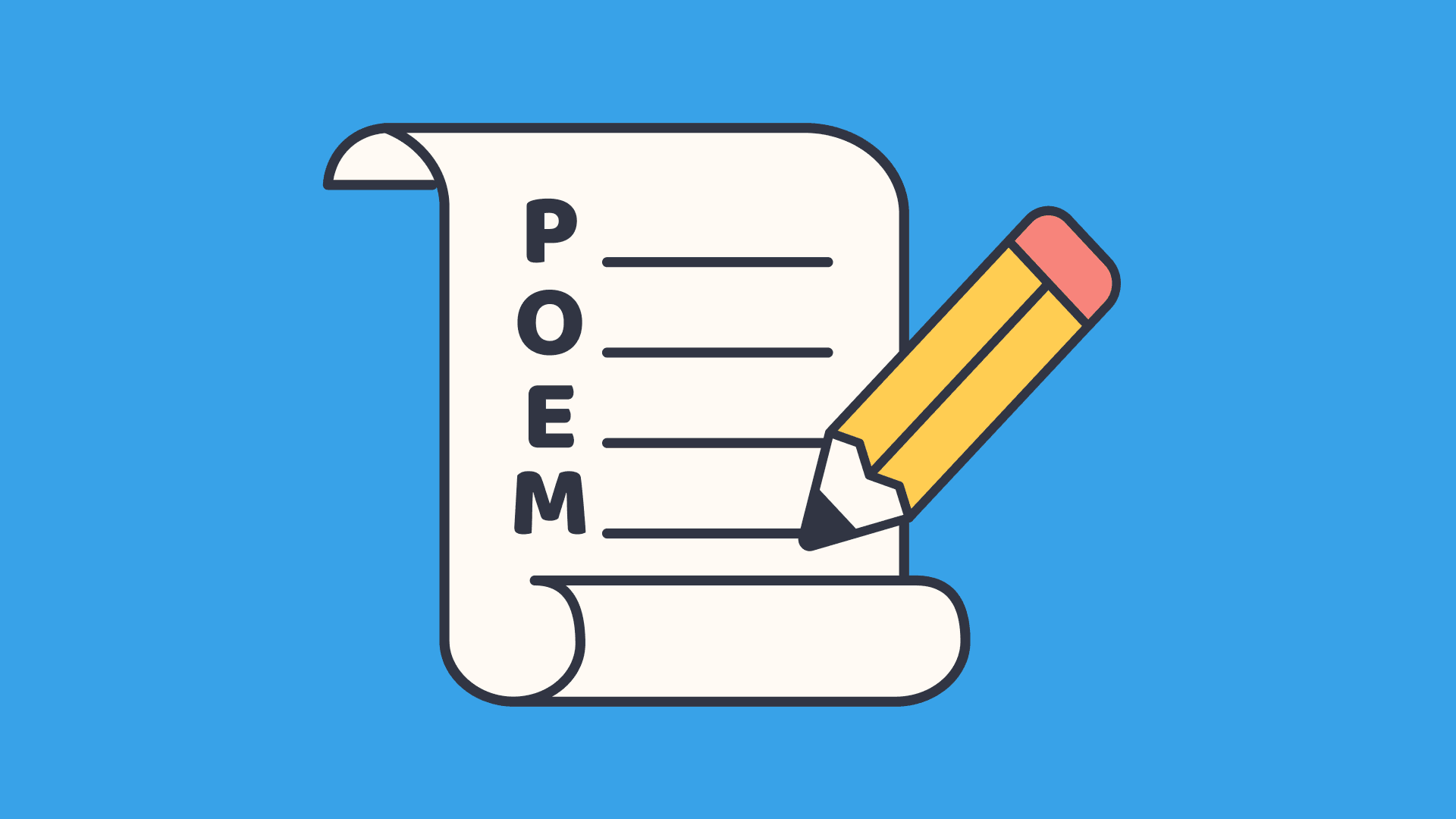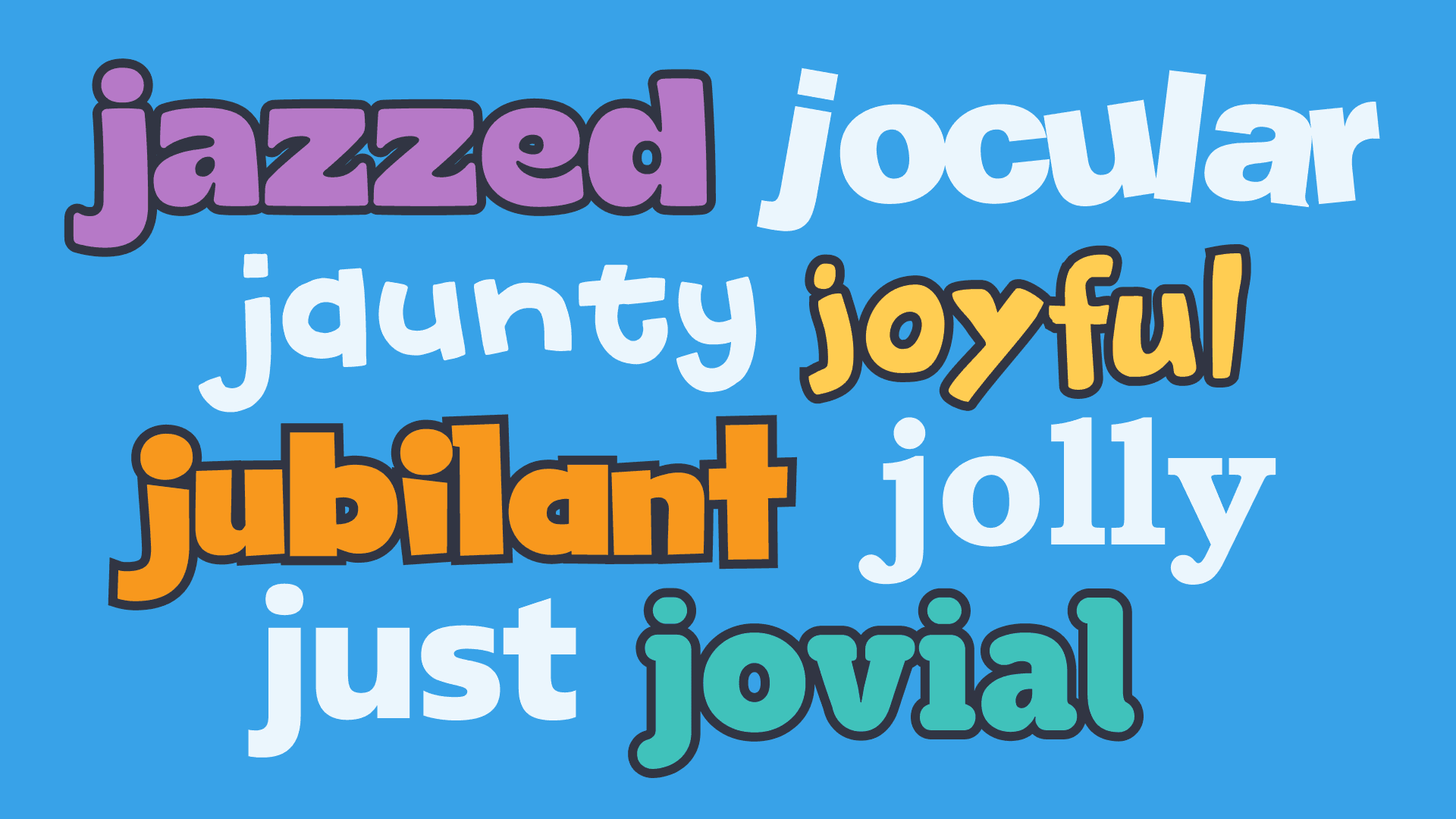100 Riddles for kids that teachers can use in the classroom
In this guide
Why riddles are great for learning
As teachers, finding a way to make learning fun and engaging is a constant struggle and goal. Students are becoming increasingly harder to engage. Riddles for kids can be a fun and effective way to engage students in the learning process.
There are three main reasons that using riddles for kids in the classroom is beneficial.
First, they are a creative way to increase critical thinking skills.
Second, they help to teach students about the uses of language.
Third, they improve communication skills.
Critical thinking skills are a must for students today. Discerning useful information and applying that information to a problem or situation is a life skill. Riddles may seem like a simple and fun activity, but they activate parts of the brain involved in problem-solving. These skills are not only vital to students as they move through their education but also as they move into the workforce.
Understanding the uses of language is a part of what is known as metalanguage. The ability to understand that words can have multiple meanings and that context is part of understanding those meanings is invaluable. The use of language not only impacts students in their English lessons but in every subject they take. Riddles allow students to learn how to manipulate language, understand idioms, and dissect how language can be used to impact meaning.
Finally, riddles can improve communication skills as using riddles lets students engage in discussion. In the classroom, the teacher is often the one doing a large portion of the talking. It is imperative that students also discuss, ask and answer questions, and talk with their peers. This is how they develop language skills and social skills. Riddles provide an opportunity to engage in conversation.
Tips for using riddles to promote critical thinking
Encouraging these skills can take many forms.
1) Encourage higher order thinking skills
Bloom’s Taxonomy is usually considered when discussing critical thinking skills. Most riddles will fall into the understanding or comprehension level of Bloom’s work. However, if a riddle requires a student to make inferences or to break down a riddle into separate parts to solve, it moves up to the analysis level.
2) Align riddles to classroom learning
Sometimes, riddles are just for fun. However, connecting riddles to information learned in the classroom is a good way to engage students. Riddles can be used to activate prior knowledge. They can also be used to reinforce learned material – such as in math or science.
3) Link to real life
One way to increase the relevancy of critical thinking skills is to link them to real life. Kid friendly riddles may not be relevant to real life in themselves, however, the skills it takes to solve riddles can be applied to daily life. Problem solving, reasoning, and logic are useful skills that students can apply in their everyday lives.
Encouraging healthy classroom competition
Competition can be used to positively engage students in learning. To create a healthy classroom and competitive classroom environment, the following guidelines can be helpful.
1) Encourage collaboration
Working together teaches students to look at things from multiple perspectives. The ability to collaborate and work as a team are skills that students can carry with them throughout their lives. Collaboration also encourages a positive classroom environment with students who value respect and integrity.
2) Make it fun
When students are having fun, they are more likely to be engaged. This is not to say that the classroom needs to be a constant onslaught of entertainment, but a little fun is important. Our brains need a break sometimes and fun competition can provide this break.
3) Focus on effort and growth
Although the point of competition is someone winning, that does not mean that effort is not important. Focusing on student growth and effort helps to create a more inclusive and uplifting environment.
Engaging riddles for kids to use in the classroom
The following riddles for kids can be used as warm-ups or brain breaks in the classroom. Similar to my article with classroom jokes, I have attempted to provide riddles covering a range of subject matter. Hopefully, these will be a fun way to engage students in your classroom.

Maths riddles
- I’m an odd number. But if you take away a letter from my name, I will become even. What number am I?
- Seven.
- Seven.
- When Samuel was eight, his little brother David was half his age. Samuel is 30 now. How old is David?
- David is 26.
- David is 26.
- What should you place between 3 and 4 to make it bigger than 3 but smaller than 4?
- A decimal point – 3.4.
- A decimal point – 3.4.
- If you toss a coin five times, and it lands tails up each time, what are the chances it will land heads up the next time?
- A coin lands on either heads or tails, so there is always a 50% probability of each outcome. It doesn’t matter how many times you toss it.
- A coin lands on either heads or tails, so there is always a 50% probability of each outcome. It doesn’t matter how many times you toss it.
- Write an equation with eight eights so that they add up to one thousand.
- 888+88+8+8+8=1000.
- 888+88+8+8+8=1000.
- What number do you get if you multiply all of the numbers on a phone’s number pad?
- Zero, any number multiplied by zero equals zero.
- Zero, any number multiplied by zero equals zero.
- The age of a father and son adds up to 66. The father’s age is the son’s age reversed. How old could they be?
- Three possible answers: they could be 51 and 15 years old, 42 and 24 years old, or 60 and 6 years old.
- Three possible answers: they could be 51 and 15 years old, 42 and 24 years old, or 60 and 6 years old.
- Which single digit appears most frequently between (and including) numbers 1-1000?
- One.
- One.
- I add 5 to 9 and get 2. The answer is correct, so what am I?
- A clock. When it is 9 a.m., adding 5 hours would make it 2 p.m.
- A clock. When it is 9 a.m., adding 5 hours would make it 2 p.m.
- What three numbers have the same result when multiplied and added together?
- 1, 2, and 3. (1x2x3=6 and 1+2+3=6).
Riddles using idioms
An idiom is an expression that does not have a literal meaning but the meaning is figurative. They are often phrases used in a culture or region.
For example, raining cats and dogs is an idiom. Obviously, dogs and cats are not falling from the sky, but this phrase means that it is raining heavily. These riddles are a great way to teach students about this type of saying.
- I’m when you are in a difficult situation. What am I?
- In a pickle.
- In a pickle.
- Who is a person that likes to stay home and watch TV all day?
- A couch potato.
- A couch potato.
- I am when something unexpected happens. What am I?
- Out of the blue.
- Out of the blue.
- I am a very easy task. What am I?
- A piece of cake.
- A piece of cake.
- I copy everything you do. What am I ?
- A copycat.

Food riddles
- What is the richest nut?
- A cash-ew.
- A cash-ew.
- Although I may have eyes, I cannot see. What am I?
- A potato
- A potato
- What kind of dog has no tail?
- A hot dog.
- A hot dog.
- What food has no beginning, middle, or end?
- A doughnut.
- A doughnut.
- First, you throw away my outside and cook the inside. Then, you eat my outside and throw away the inside. What am I?
- Corn.
- Corn.
- What fruit can you never cheer up?
- A blueberry.
- A blueberry.
- What kind of room has no doors or windows?
- A mushroom.
Science riddles
- What comes down but never comes up?
- Rain.
- Rain.
- What is neither water nor land and is always soaking wet?
- Wetlands.
- Wetlands.
- Many have heard it, but nobody has ever seen it. It will not speak back until spoken to. What is it?
- An echo.
- An echo.
- I burn your mouth and sting your eye, but I am eaten everyday. What am I?
- Salt.
- Salt.
- Anyone can hold me, even without their hands, but no one can do it for long.
What am I?- Your breath.
- Your breath.
- When liquid splashes me, none seeps through.
When I move a lot, liquid I spew.
When I am hit, the colour I change.
And colour, I come in a wide range.
What I cover is very complex, and I am very easy to flex.
What am I?- Skin.
- Skin.
- At night they come without being called. By day they are lost without being stolen.
- Stars.
- Stars.
- I am not alive, but I grow. I don’t have lungs, but I need air. I don’t have a mouth, but water kills me. What am I?
- Fire.
- Fire.
- You walk into a room that has a match, a candle, and a fireplace. Which should you light first?
- The match.
- The match.
- Sara Smith was born on December 27th, but her birthday is always in the summer. Why?
- She lives in the southern hemisphere.
- She lives in the southern hemisphere.
- I’m sometimes full, but I never overflow. What am I?
- The moon.

Geography riddles
- I always run but never walk. I often murmur but never talk. I have a bed but never sleep. I have a mouth but never eat. What am I?
- A river.
- A river.
- How is the letter ‘T’ like an island?
- Because it is in the middle of ‘water’.
- Because it is in the middle of ‘water’.
- Cold and still, I slowly creep; when I melt, rivers weep. What am I?
- A glacier.
- A glacier.
- Fresh or salty, I can be; surrounded by land, come and see me. What am I?
- A lake.
- A lake.
- I cut deep into the Earth, my walls are grand; nature’s artwork, not by human hand. What am I?
- A canyon.
- A canyon.
- Stretching far, I rise and soar; climbers seek my peaks and more. What am I?
- A mountain.
- A mountain.
- What falls in winter but never gets hurt?
- Snow.
- Snow.
- I have cities, but no houses. I have mountains, but no trees. I have water, but no fish. What am I?
- A map.
Multiple meaning words in riddles
- You can hear me, or I can be something you use to communicate. What am I?
- A voice.
- A voice.
- I am something you eat, but I am also something you do when you take a chance. What am I?
- A roll (bread roll or roll a dice).
- A roll (bread roll or roll a dice).
- I can be a container for things, or I can mean to move or adjust things. What am I?
- A box (a container or to box something in).
- A box (a container or to box something in).
- What can be cracked, made, told, and played?
- A joke.
- A joke.
- How can you make a library bigger?
- By adding more stories to it.
- By adding more stories to it.
- What kind of instrument do all animals have inside of them?
- Organs.
- Organs.
- When do artists paint the best oceans?
- When they are feeling blue. (colour and feeling sadness).
- When they are feeling blue. (colour and feeling sadness).
- What has wheels and flies but is not an aeroplane?
- A garbage truck.
- A garbage truck.
- What do dogs and trees have in common?
- Bark.
Grammar and spelling riddles
- What’s the capital of France?
- The letter “F”. It is the only capital letter in the word France.
- The letter “F”. It is the only capital letter in the word France.
- Which word gets shorter when you add 2 letters to it?
- The word “short”.
- The word “short”.
- Two in a corner, one in a room, zero in a house, but one in a shelter. What am I?
- The letter ‘R’.
- The letter ‘R’.
- Forward, it’s heavy. Backward, it is not. What is it?
- Ton.
- Ton.
- What is at the beginning of eternity, the end of time and space, the beginning of every end, and the end of every race?
- The letter “E”.
- The letter “E”.
- The alphabet goes from A to Z, but I go from Z to A. What am I?
- A zebra.
Sports riddles
- Why did the football coach go to the bank?
- a. He wanted his quarterback.
- a. He wanted his quarterback.
- What is an insect’s favourite sport?
- Cricket.
- Cricket.
- How does a soccer player stay cool during a game?
- He stands close to the fans.
- He stands close to the fans.
- Why do golfers carry an extra pair of pants?
- In case they get a hole in one.
- In case they get a hole in one.
- I’m a ball that rolls but can’t bounce or be thrown. What am I?
- An eyeball.
- An eyeball.
- Who are the happiest people at the football game?
- The cheerleaders.
- The cheerleaders.
- How is a baseball team similar to a pancake?
- They both need a good batter.
- They both need a good batter.
- A football player touches the ball with their hands but is not given any penalty. Why is that so?
- They are the goalie (goalkeeper).
Music riddles
- What has keys but can’t open locks?
- A piano.
- A piano.
- What is a bunny’s favourite type of music?
- Hip hop music.
- Hip hop music.
- What kind of band can’t play music?
- A rubber band.
- A rubber band.
- My scale is something that does not weigh in grams, ounces, or pounds. However, I may be heavy or light. What am I?
- Music scales.
- Music scales.
- I can bring joy or sorrow or everything in between. None have seen, smelt, or felt me, yet many still know what I am. I have many types, but I am really just one thing. What am I?
- Music.
- Music.
- I have a thumb and pinky ring but no fingers. I have a bell but no steeple. I have a brace but no mouth. What am I?
- A trumpet.
- A trumpet.
- In the music, I am not a sound, yet without me, chaos is found. I tell you when to stop and when to go, in silence, my presence I show. What am I?
- A rest.
- A rest.
- Without a brush or canvas, I create a scene, invisible strokes in the air. I guide the music with a silent art, who am I, playing my part?
- The conductor.
Riddles with animals
- You might be called this animal if someone thinks that you are afraid. This is something that you might eat, as well as its eggs that it lays. What is it?
- A chicken.
- A chicken.
- A woman called her dog from the opposite side of a river. The dog crossed the river without getting wet. It did not use a boat or bridge. How?
- The river was frozen.
- The river was frozen.
- I’m an animal you might love, but I am too big to be your pet. I have an extremely long trunk, and it’s said that I never forget. What am I?
- An elephant.
- An elephant.
- I have wings, but I am not a bird. I am colourful. I live in gardens and fields. I change from one insect to another. What am I?
- A butterfly.
- A butterfly.
- My name sounds like something you might use on your hair or eat for dessert. What am I?
- A moose.
Additional fun riddles
- What is used by others but only belongs to you?
- Your name.
- Your name.
- What has a single eye but cannot see?
- A needle.
- A needle.
- I’m tall when I’m young and short when I’m old. What am I?
- A candle.
- A candle.
- I have four legs, a back, but no head. What am I?
- A chair.
- A chair.
- What gets wet as it dries?
- A towel.
- A towel.
- What goes up but never comes back down?
- Your age.
- Your age.
- You buy me to eat, but you never eat me. What am I?
- A fork.
- A fork.
- What must be broken before you can use it?
- An egg.
- An egg.
- I am not alive but I can still die. What am I?
- A battery.
- A battery.
- It’s shorter than the rest, but when you’re happy, you raise it up like it’s the best. What is it?
- Your thumb.
- Your thumb.
- Drop this and it cracks, but smile at it and it smiles back.
- A mirror.
- A mirror.
- What has a head by no brain?
- Lettuce.
- Lettuce.
- What can you break without touching it?
- A promise.
- A promise.
- I sometimes run, but I can’t walk. What am I?
- A nose.
- A nose.
- What has four fingers and a thumb, but is not living?
- A glove.
Bonus challenge riddles
- If you write this five-letter word in all caps, it reads the same right side up and upside down.
- SWIMS.
- SWIMS.
- I have keys but no locks. I have space and no rooms. You can enter, but you can’t go outside. What am I?
- A keyboard.
- A keyboard.
- I come from a mine and always get surrounded by wood. Everyone uses me. What am I?
- Pencil lead (graphite).
- Pencil lead (graphite).
- What disappears as soon as you say its name?
- Silence.
- Silence.
- I have pointed fangs, and I sit and wait. I have piercing force, and I crunch with weight. I grab my victims, but they do not fight. I join them each with a single, quick bite. What am I?
- A stapler.
- A stapler.
- You can ask this question all day long and get different answers, but all of the answers will be correct. What is the question?
- What time is it?
- What time is it?
- What is brown and has a tail, a head, and no legs?
- A penny.
- A penny.
- A cowboy rides into town on Friday. He stays three days, then rides out of town on Friday. How?
- His horse is named Friday.
- His horse is named Friday.

Mattie Farrer
briefcase iconAVID Site Coordinator / Content Curator
Mattie Farrer has been an educator in various grade levels and capacities during her career. She has a passion for supporting English learners and their language development. She also loves helping teachers reach all students.
Other posts
Want more content like this?
Subscribe for blog updates, monthly video releases, trending topics, and exclusive content delivered straight to your inbox.

